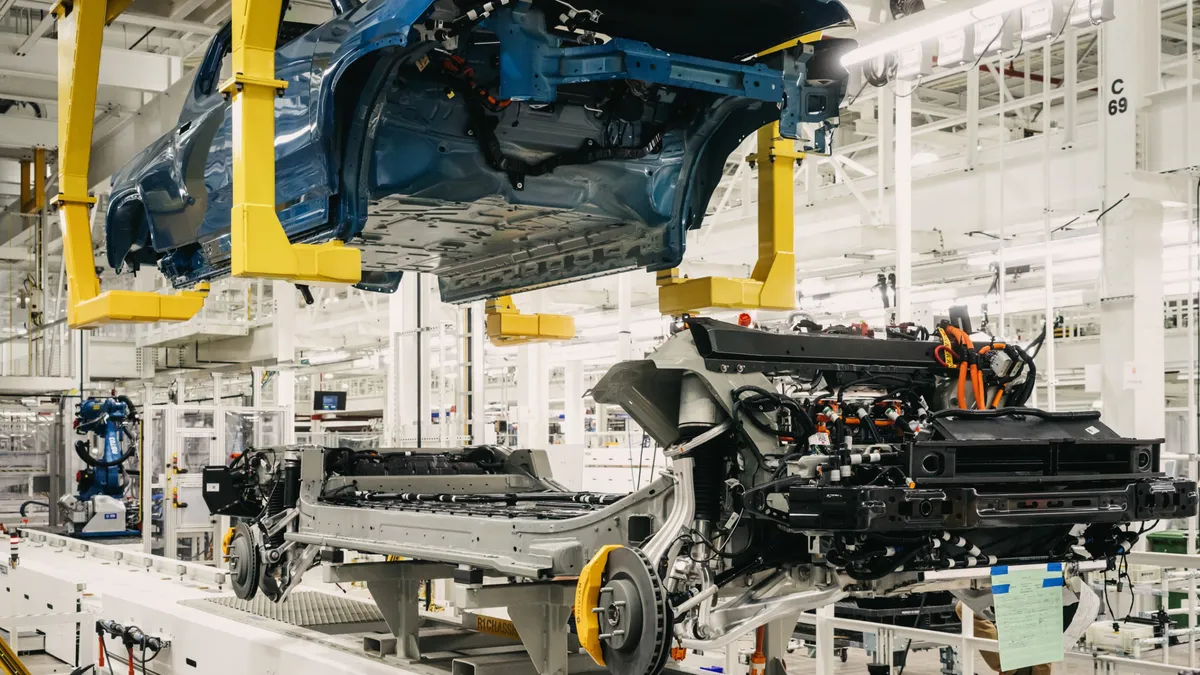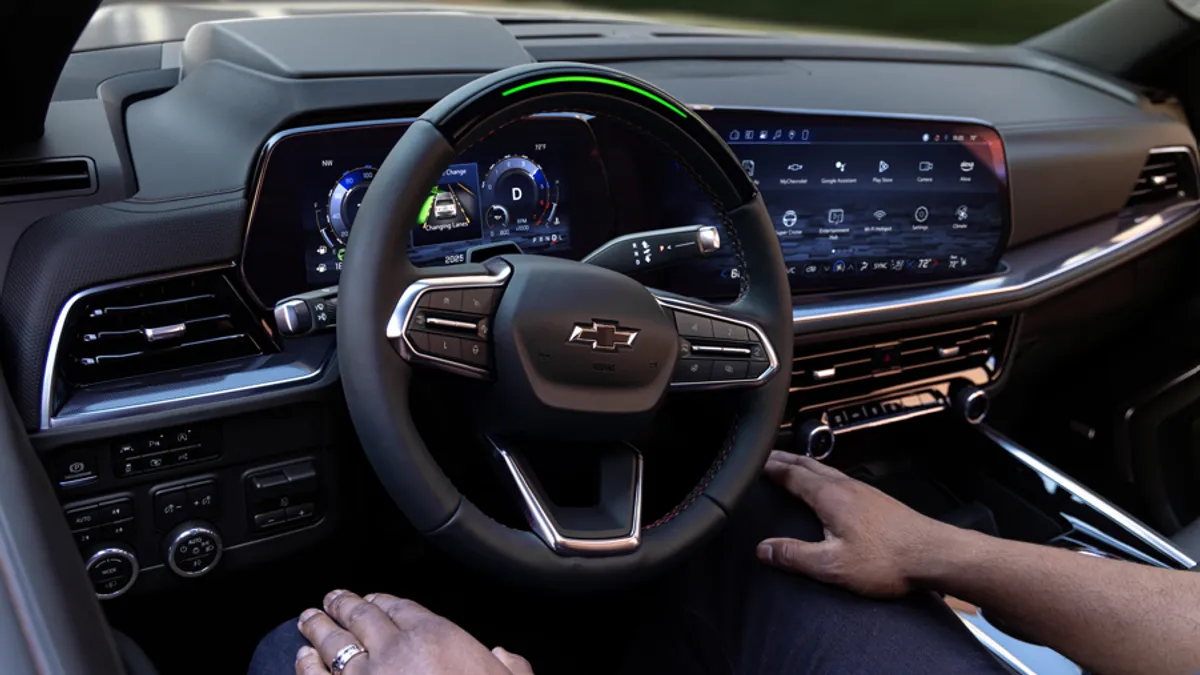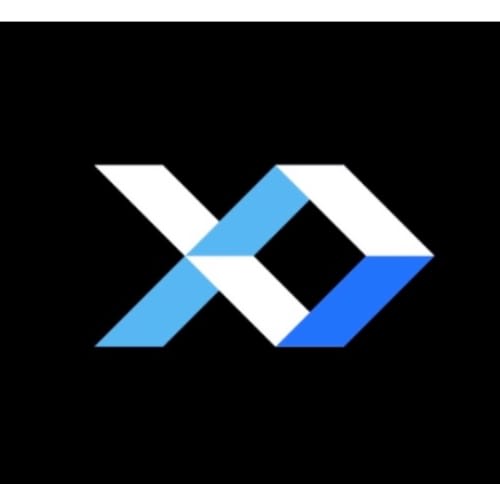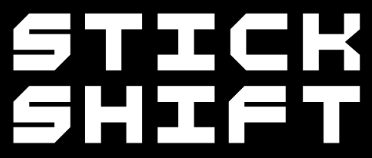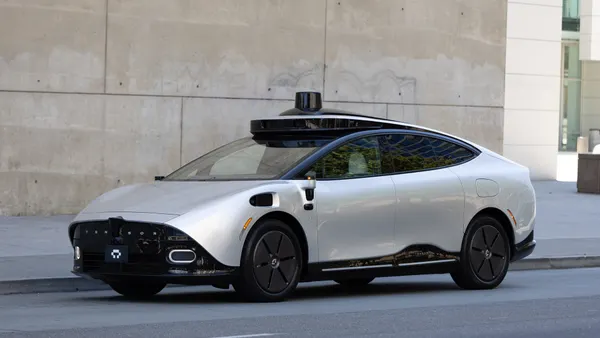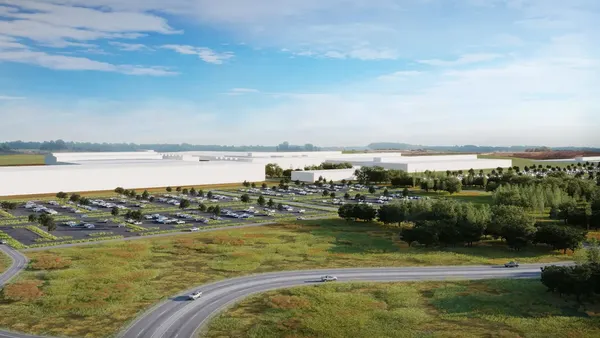Dive Brief:
- Stellantis aims to enhance the mobility experience for both retail and fleet customers by delivering a steady stream of new software and connectivity features across its brands to generate high-margin revenue from its future vehicles, the automaker announced in a press release Thursday.
- To boost efficiency in software development and deployment, the automaker is employing cloud-based design and testing tools, including virtual engineering to reduce development times and improve quality.
- Building more software-defined vehicles is a goal of many automakers and could greatly enhance the ownership experience and generate new revenue over a vehicle’s lifetime. Stellantis said it delivered more than 94 million over-the-air updates to vehicles in 2023 and users of its subscription-based product offerings surpassed 5 million last year.
Dive Insight:
By proactively developing new vehicle hardware platforms, software and a connected vehicle ecosystem, Stellantis will be better prepared for the industry’s expected shift toward software-defined vehicles, which could give it a competitive advantage.
According to a January survey from AlixPartners, many automakers today are ill-prepared for the era of software-defined vehicles, with some focusing more on short-term improvements, such as updating existing features, instead of implementing a more long-term strategy.
Stellantis says its global software revenues have grown 2.5 times in three years. Along with that growth, the number of monetizable software-based vehicles on the road has increased 15% to 13.8 million units, according to the press release. The automaker expects to generate about 20 billion euros ($21.5 billion) in annual revenues by the end of the decade from its vehicle software strategy.
The next-generation vehicle software is being developed in-house with strategic partners and will be customized for each Stellantis brand.
“In a little more than two years we have made a decisive shift from a traditional auto industry mindset to operating much more like a startup company, including a sharp focus on speed and building up our own software creation capabilities,” said Stellantis Chief Software Officer Yves Bonnefont. “It gives us critical flexibility and a competitive advantage going forward.”
The new suite of connected software products includes an AppMarket for North America where customers can download services and experiences. It allows Stellantis customers to purchase vehicle subscriptions or other add-ons. The AppMarket is currently available for around half of nearly half of 2021 to 2023 Jeep and Ram vehicles, but will reach 99% of eligible vehicles by the end of 2024, according to Stellantis.
Stellantis will also add a ChatGTP-powered in-vehicle assistant that supports natural language processing. Following a successful pilot in October 2023, Stellantis was the first OEM to offer ChatGPT as a standard feature in new and existing vehicles. It will be available in 20 European countries by the end of 2024, according to the press release.
The new vehicle software functionality is made possible by three core vehicle hardware platforms, the “STLA Brain,” “STLA SmartCockpit” and “STLA AutoDrive.”
The STLA Brain will serve as a central architecture for future Stellantis vehicles. It allows for full over-the-air updates and remote access to a vehicle’s sensors and actuators. The centralized processor also reduced manufacturing complexity, reducing the number of electronic control units per vehicle by half to around 60 units, according to Stellantis. The automaker will integrate the STLA Brain in vehicles in 2025.
The STLA SmartCockpit is powered by machine learning and AI technologies, it will provide Stellantis customers with vehicle personalization and connected capabilities such as in navigation, media, climate controls, lighting and productivity features via a simplified menu.
Customers will also be able to create a unique “digital personal profile” of stored personal preferences that moved between Stellantis brand vehicles. The SmartCockpit will debut in Stellantis vehicles in 2025.
While STLA AutoDrive leverages the capabilities of STLA Brain and STLA SmartCockpit to support an advanced driver assistance system, including Level 2+ hands-off/eyes-off the road autonomous driving features. A commercial launch of the automated driving technology is targeted for 2025.
The three hardware platforms and updated vehicle architectures allow Stellantis engineers to develop new features in under six months, which is just one quarter the time it takes today, according to the press release.
Stellantis also developed two EV platforms for future vehicles, the “STLA Medium” and “STLA Large.” Stellantis unveiled its STLA Medium platform in July 2023 after over two years of development. It will be the foundation for up to 2 million battery-powered vehicles built at global assembly plants, with production first starting in Europe.
In January, the automaker unveiled its STLA Large EV platform. It will serve as the foundation for full-size EVs with optional 400- and 800-volt architectures for rapid charging and driving ranges up to 500 miles. Stellantis plans to launch eight new EVs on the STLA Large platform across its brands from 2024-2026, including Alfa Romeo, Chrysler and Maserati.





